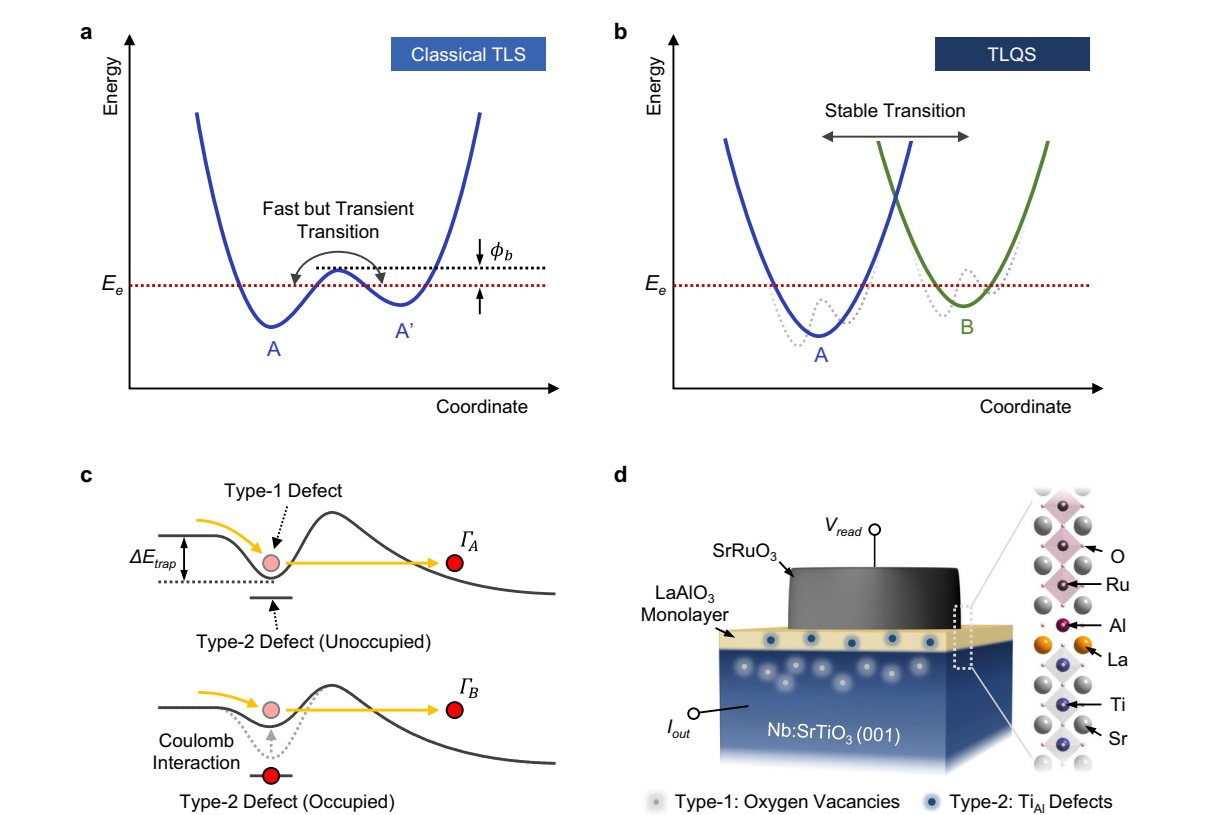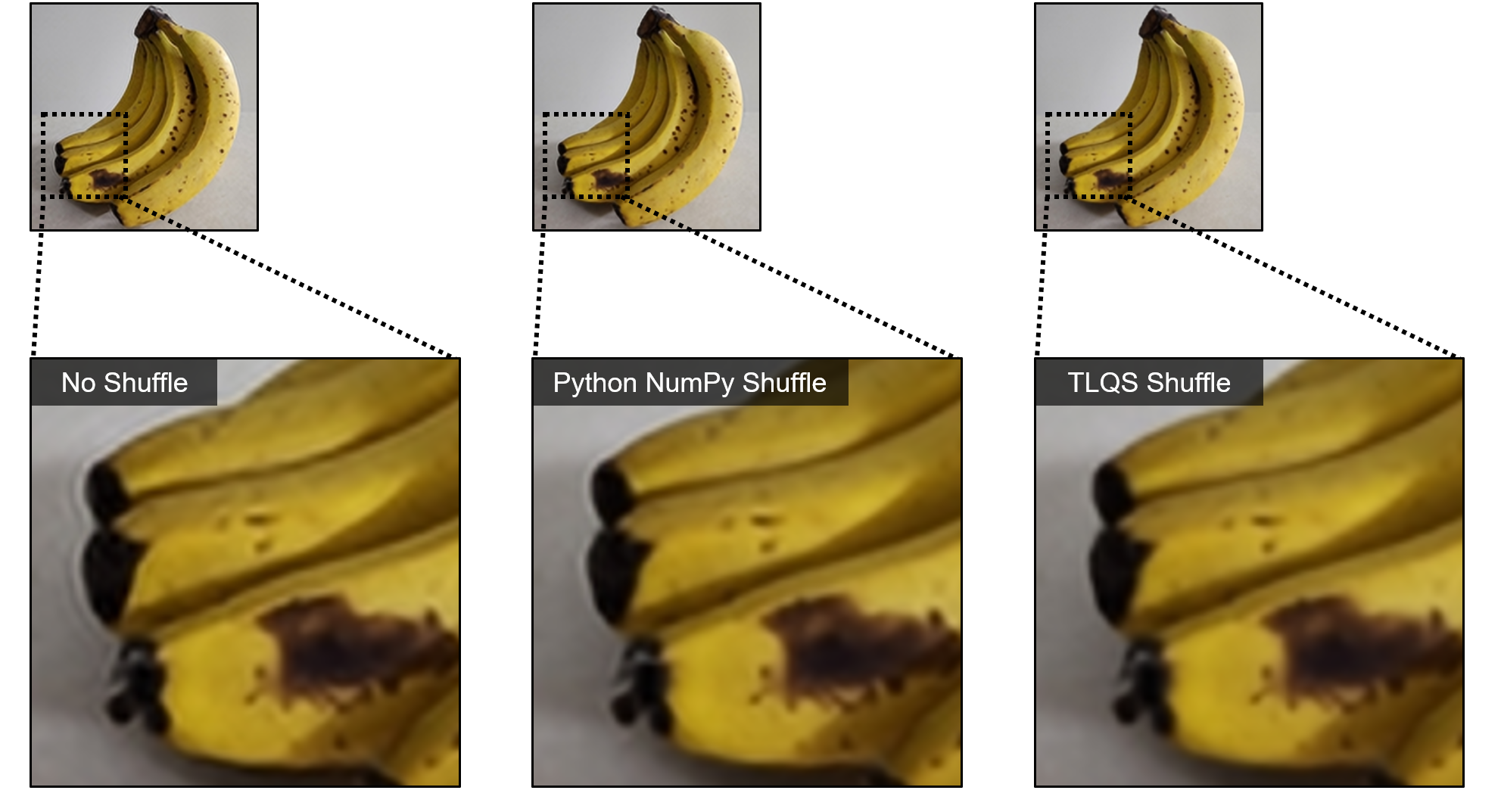- About Ajou
- Admission
- Academics
- Research
-
International
International
- Campus Life
-
News and Event
News and Event
- AUT
Ajou News
NEW Prof. Hyungwoo Lee’s Team develops new Novel Core Technology
- 2025-08-06
- 99

A joint research team led by Professor Hyungwoo Lee from Ajou University has successfully developed a new foundational technology for a random number generation (RNG) device, offering a novel approach with high potential to advance cryptographic security and artificial intelligence (AI) computing technologies.
Professor Lee (Department of Physics and Graduate School of Energy Systems), in collaboration with researchers from several institutions, has proposed a new type of two-level quantum system (TLQS) that minimizes interference from external variables by utilizing discrete fluctuations in tunneling current. This advancement introduces a more stable and secure method for generating physical random numbers.
The study, titled "Highly stable two-level current fluctuation in complex oxide heterostructures," was published in Nature Communications in July. Key contributors included Do-Yeob Kim (graduate student, Ajou University) and Professor Jung-Woo Lee (Hongik University), who served as co-first authors. Professors Hyungwoo Lee (Ajou University), Ki-Tae Um (Gachon University, Semiconductor Engineering), and Sunwoo Lee (Inha University, Computer Engineering) led the research as corresponding authors. International collaborators included Professor Tula R. Paudel’s team at the South Dakota School of Mines & Technology and Professor Yongsoo Yang’s group at KAIST.
The researchers engineered a highly stable two-level current fluctuation phenomenon using a complex oxide heterostructure composed of SrRuO₃/LaAlO₃/Nb-doped SrTiO₃ (SRO/LAO/Nb:STO). Based on this structure, they developed a physical entropy source suitable for high-quality RNG.
Random numbers—sequences generated unpredictably within a defined range—are critical in a wide range of applications, including encryption, cybersecurity, simulations, and gaming. In the context of AI and machine learning, random data is essential for efficient model training, especially in large-scale datasets.
Unlike pseudo-random number generators (PRNGs) based on deterministic software algorithms, physical random number generators (PRNGs) leverage inherent randomness in nature, offering true unpredictability and resistance to hacking. This makes them highly valuable for secure computing and is especially crucial for neuromorphic systems, which aim to mimic the human brain’s structure through hardware-based neural networks.
Conventional TLQS systems—typically based on Random Telegraph Noise (RTN) caused by charge trapping at defect sites—have struggled with instability due to environmental dependencies. To overcome this, the team intentionally introduced a dual-defect system comprising oxygen vacancies (V_O) and antisite Ti defects (Ti_Al). Their interaction induces discrete fluctuations in tunneling current that are minimally affected by external conditions.
The TLQS device demonstrated stable two-level current fluctuations lasting over 169 seconds at room temperature, with operational stability maintained for over a year.
Furthermore, the team validated the RNG functionality of their TLQS by converting analog current signals into binary random sequences (0s and 1s) and conducting rigorous randomness evaluations. Results confirmed the TLQS’s ability to generate high-quality random data.
To test its practical applicability, the team integrated the TLQS-based random number data into a Very Deep Super-Resolution (VDSR) neural network—a model designed to restore blurry images with high clarity. The TLQS-based RNG data outperformed traditional software-based RNGs (e.g., Numpy Random Generator in Python) in both accuracy and training speed.
Randomness is crucial in AI training, as it helps shuffle datasets and initialize neural network parameters, promoting diverse and robust learning. If the randomness is predictable or biased, it can lead to skewed AI behavior—underscoring the value of true, hardware-based RNG.
Professor Lee emphasized the practical potential of the device, stating, “The TLQS device we developed is compatible with CMOS semiconductor technology, which is widely used in computers and smartphones. Considering its scalability, this represents a highly practical and foundational technology for RNG.”
He added, “This research proposes RNG design at the level of fundamental materials science, with strong implications for future applications in hardware-based cryptographic security and AI computation.”
This study was supported by the National Research Foundation of Korea (NRF) through the G-LAMP project, the Mid-Career Research Program, and the Basic Research Laboratory (BRL) program.

The image below shows the results of applying different types of random number data to image super-resolution training using a Very Deep Super-Resolution (VDSR) neural network.
The leftmost image shows the result without using any random number data, the center image uses pseudo-random numbers generated by Python’s NumPy library, and the rightmost image uses random numbers generated by the newly developed TLQS system.
Image above – A conceptual diagram of the two-level quantum system (TLQS) developed by the joint research team, along with a schematic of the implemented material structure. Compared to conventional methods, the TLQS maintains a more stable signal while achieving comparable accuracy and training speed.
